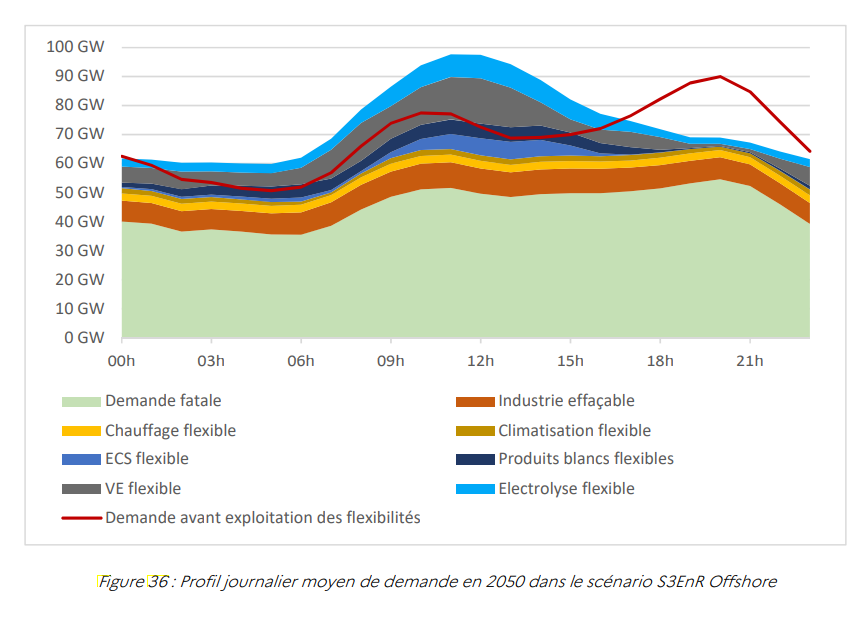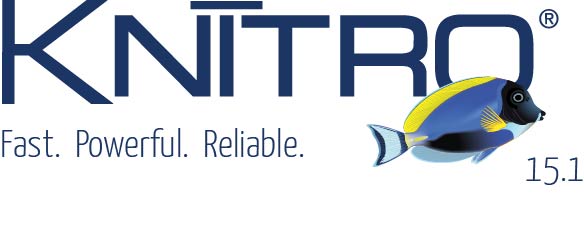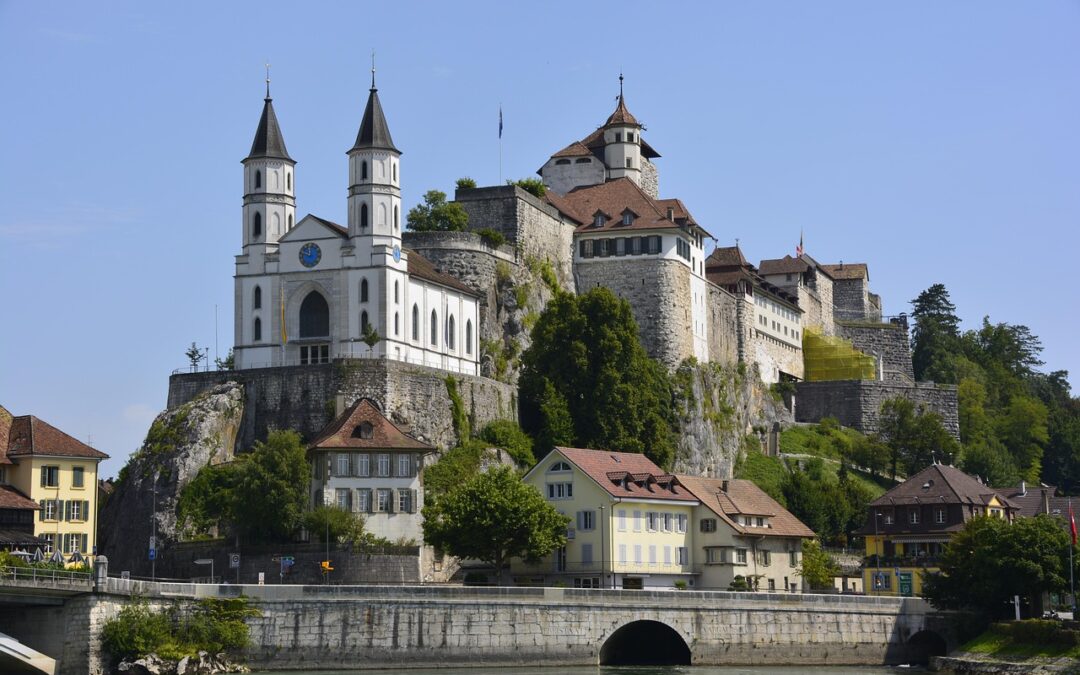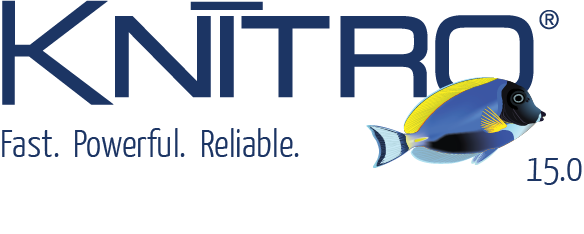Release of ADEME’s report “Modeling and optimizing French and European power mixes from 2020 to 2060”
Over the last 12 months, in coordination with its “ Transition(s) 2050” project in which four multi-energy carbon-neutral pathways were built for France, Artelys has set up a detailed model able to represent power generation, demand dynamics (including flexibility), and internal networks, with infra-national granularity, from 2020 to 2060. While sensitivity analyses are underway, the already available reports highlight the following findings, among others:
- The transition to energy mixes more reliant on RES-e leads to a more evenly distributed power generation system compared to today’s situation. In order to limit network reinforcements and the costs of flexibility provision, investments in generation have to be planned jointly with network developments. Notably, commissioning renewables in best-LCOE areas (disregarding network constraints) leads to higher overall costs.
- Along with the reinforcement of interconnectors and the increase of cross-border exchanges, the development of demand-side flexibility is key to ensure that the power system functions in a cost-efficient manner. Electric vehicles’ smart-charging and electrolysers’ flexible operations, notably, are crucial to adequately integrate renewables.(see demand profile before/after DSF below).

The French report is available here and the modeling assumptions are gathered in a dedicated leaflet. If you want to know more about our prospective studies, you can contact us or visit the dedicated web page.

Artelys Knitro 15.1: Solve your toughest pooling applications!
Artelys releases Knitro 15.1, bringing a new wave of performance upgrades and usability improvements to help you solve large-scale optimization problems faster than ever.

Swissgrid selects Artelys Crystal Super Grid
Artelys is pleased to announce that Swissgrid, the Swiss electricity Transmission System Operator (TSO), has selected Artelys Crystal Super Grid, our multi-energy simulation solution, to support their strategic planning and system analysis activities.

Artelys led the Assessment of Policy Options for Securing Inertia for the European Commission
The European Commission’s Directorate-General for Energy (DG ENER) selected Artelys (leader), Trinomics, and Tractebel ENGIE to study solutions for ensuring the future frequency stability of the European power system. The study report was published in August 2025 by...

Artelys Knitro 15.0: New Tools for Your Large-Scale Models
Artelys is pleased to announce the release of Knitro 15.0, which provides new algorithms and performance improvements to solve your large-scale optimisation problems, whether linear or non-linear, more quickly.
subscribe to our newsletters
© ARTELYS • All rights reserved • Legal mentions